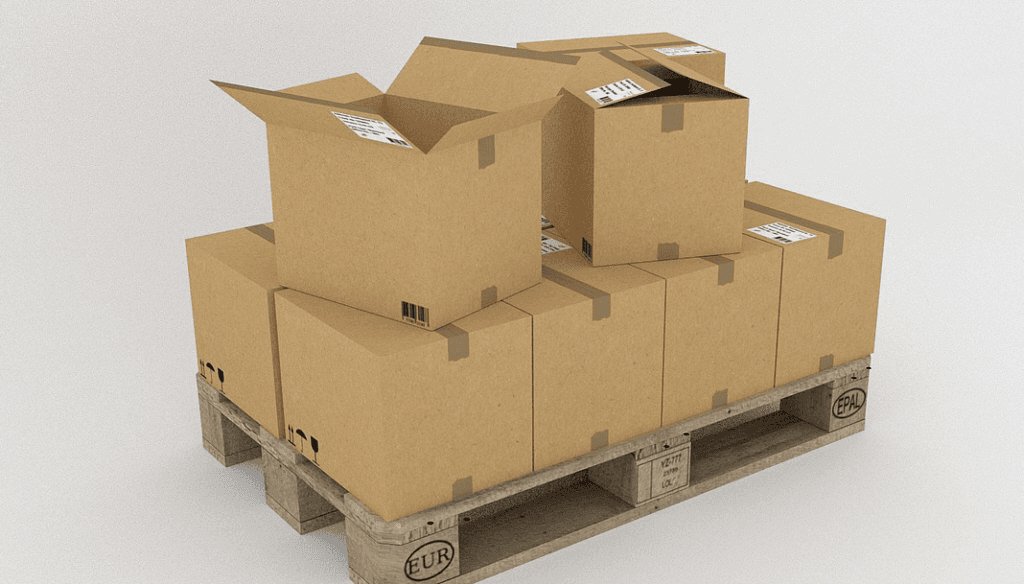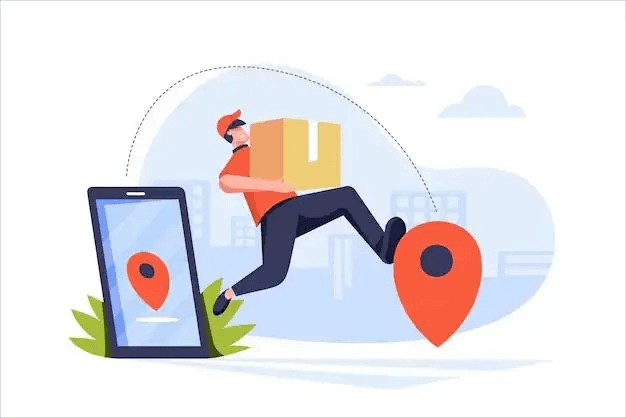In the world of logistics and parcel delivery, understanding the different types of packaging is crucial. Boxes, envelopes, and pallets each serve specific purposes and are designed to accommodate various shipping needs. Whether you are sending a small document or a large shipment, knowing how these packaging types work can help streamline your parcel booking process and ensure that your items arrive safely and efficiently. Let’s take a closer look at each of these packaging options.
Boxes
Boxes are perhaps the most common packaging option used in the courier industry. They come in various sizes and materials, providing versatility for shipping items ranging from delicate electronics to heavy machinery. Here are some key characteristics of boxes:
- Material: Most boxes are made from cardboard or corrugated cardboard, which offers strength and protection. Some boxes may be reinforced with additional layers for extra durability.
- Sizes: Boxes are available in a wide range of sizes, from small (used for jewelry or documents) to large (suitable for furniture or appliances). This variety allows you to select the right box based on the dimensions and weight of your item.
- Closure: Boxes can be sealed using tape, glue, or interlocking flaps, ensuring that the contents remain secure during transit.
- Labeling: When shipping a box, it’s essential to clearly label it with the recipient's address, your return address, and any necessary tracking information. This helps prevent delays and ensures smooth delivery.
Boxes are ideal for shipping items that require protection and are often used for e-commerce shipments, retail products, and personal packages.
Envelopes
Envelopes are designed for shipping documents or lightweight items that do not require the same level of protection as boxes. They are a popular choice for businesses and individuals alike. Here are some important points to consider regarding envelopes:
- Types: There are various types of envelopes, including standard paper envelopes, padded envelopes (with bubble wrap for added protection), and flat mailers. Padded envelopes are especially useful for fragile items like electronics or small collectibles.
- Size: Envelopes come in different sizes, typically based on standard paper dimensions (like A4 or letter size). This makes them ideal for sending documents, photographs, or small items without taking up too much space.
- Ease of Use: Envelopes are lightweight and easy to handle, making them a convenient option for mailing. They often require less postage than heavier packages, which can be a cost-effective solution for sending documents.
When using envelopes, it’s important to ensure that the contents are secure and adequately protected. This is particularly true for valuable or fragile items.
Pallets
Pallets play a crucial role in the shipping and logistics industry, particularly for businesses that need to transport large quantities of goods. They provide a stable base for stacking and securing multiple boxes or products. Here’s what you need to know about pallets:
- Construction: Pallets are typically made from wood, plastic, or metal. Wooden pallets are the most common, providing strength and durability for heavy loads.
- Standard Sizes: The most common pallet size is 48 inches by 40 inches (the standard pallet size in the United States). However, pallets can come in various dimensions depending on regional standards and specific industry needs.
- Load Capacity: Pallets are designed to carry significant weight, often exceeding 2,000 pounds. This makes them ideal for bulk shipping, warehouse storage, and retail distribution.
- Forklift Compatibility: Pallets are designed for easy handling with forklifts or pallet jacks, allowing for efficient loading and unloading at shipping docks and warehouses.
Pallets are particularly beneficial for businesses that need to transport large quantities of goods, such as retail stores, manufacturers, and wholesalers.
Conclusion
Understanding the different types of packaging—boxes, envelopes, and pallets—is essential for anyone involved in the courier industry or looking to book parcels online. By selecting the appropriate packaging for your items, you can ensure that they are transported safely and efficiently. At CargoSender, we provide instant quotes for your parcel bookings, allowing you to choose the best packaging option for your shipping needs. Whether you're sending a small envelope or a large pallet, we’ve got you covered!
Explore our services today and make your parcel booking experience seamless and straightforward.




